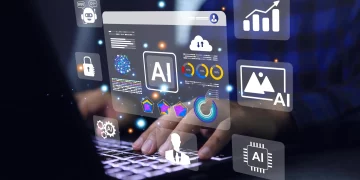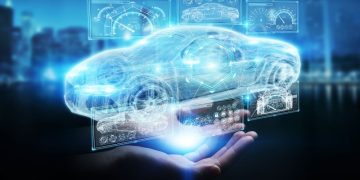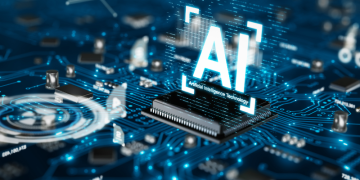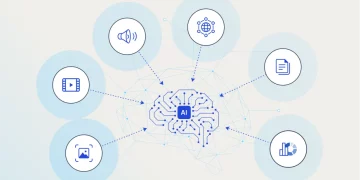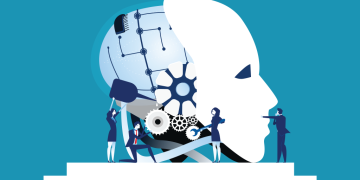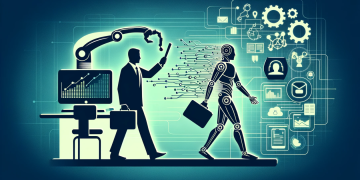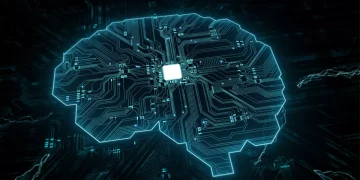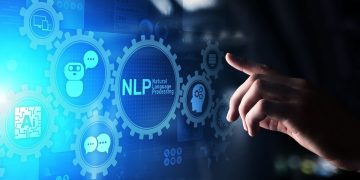Introduction: Innovation vs. Responsibility—A Growing Tension
As artificial intelligence rapidly evolves in 2025, the tension between technological advancement and social responsibility has never been greater. Powerful models can generate human-like text, analyze private images, imitate voices, and make decisions once reserved for experts. While these breakthroughs bring extraordinary benefits across healthcare, education, and productivity, they also pose serious challenges:
- User privacy is under threat from surveillance-capable systems and data-hungry models.
- Algorithmic bias and discrimination risk perpetuating inequality and injustice.
- Misuse of generative AI in misinformation, impersonation, and deepfakes has become mainstream.
- Lack of transparency and explainability erodes trust in high-stakes applications.
Balancing the need for continuous innovation with the imperative for ethical, fair, and privacy-preserving AI is one of the defining dilemmas of our time. Let’s explore how key players are responding—and what’s at stake.
1. The Privacy Crisis in the Age of Generative AI
Large models such as GPT-4o, Gemini, and Claude can ingest and generate vast amounts of data, but how that data is collected, stored, and used remains a gray area. Core privacy challenges include:
- Training data leaks: Many LLMs are trained on scraped content from the web, including personal posts, emails, and copyrighted material.
- Model inversion attacks: Researchers have shown that it’s possible to extract sensitive information—like names, phone numbers, or medical history—from trained models.
- Persistent identifiers: Voice, face, and behavior-based AI systems can deanonymize users even when they attempt to stay private.
Users increasingly demand data sovereignty, and companies are being pressured to implement differential privacy, on-device inference, and data deletion capabilities. However, these methods often reduce model performance, raising the question: How much privacy are we willing to trade for smarter AI?
2. Algorithmic Bias: When AI Becomes a Mirror of Inequality
Bias in AI is not new, but it has become more critical as AI systems move into areas like hiring, lending, education, and law enforcement. Common forms of bias include:
- Training data imbalance: Models trained on mostly Western, English-language, or male-centric data often perform worse on other groups.
- Labeling bias: Human annotators introduce subjective judgments, especially in classification tasks like hate speech or toxicity detection.
- Deployment bias: AI systems behave differently in the real world due to cultural, environmental, or systemic factors not captured during development.
Companies like Meta, Google, and OpenAI are investing heavily in bias audits, red teaming, and fairness evaluation. Some firms have introduced bias correction layers or trained models specifically for underserved languages and demographics.
But critics argue these fixes are reactive. To truly solve bias, the industry must shift toward inclusion by design—from dataset creation to architecture decisions to UX implementation.
3. Explainability and Accountability in High-Stakes AI
As AI is increasingly used in critical sectors—medicine, finance, public policy—understanding how it arrives at its decisions becomes essential. However, most modern deep learning systems remain black boxes.
Efforts to improve explainability include:
- Post-hoc tools: Heatmaps, saliency maps, or feature attribution tools to interpret predictions.
- Interpretable-by-design models: Symbolic systems or hybrid approaches that combine neural nets with logic trees or rule-based engines.
- Audit trails and logs: Tracking model decisions for forensics and legal review.
In some regions, like the EU, “right to explanation” laws require that AI decisions affecting individuals (e.g., credit approval) be explainable. Companies that fail to provide clarity risk legal liability and reputational damage.
As a result, interpretable AI is becoming a competitive differentiator, especially in industries with strict compliance needs.
4. The Ethics of AI Agency: When Models Act Autonomously
The emergence of agentic AI systems—AI that can plan, decide, act, and self-correct—has sparked fresh ethical questions:
- Can an AI agent be held accountable for harm if it executes actions independently?
- Should AI systems be allowed to autonomously trade, diagnose, litigate, or vote in certain decisions?
- What kind of value alignment is necessary to ensure their goals remain consistent with human intentions?
Organizations like Anthropic have introduced “constitutional AI”, embedding human values into the training process. OpenAI has deployed system-level guardrails and memory limits for agents that interact with users or the web. Yet, these solutions are early-stage and far from foolproof.
As agentic AI becomes more widespread, we must develop machine ethics frameworks—the equivalent of Asimov’s laws, but legally and technically enforceable in the real world.

5. Regulatory Frameworks and Ethical Governance
Governments are now playing a central role in setting the boundaries for ethical AI. Key examples include:
- The EU Artificial Intelligence Act, which classifies AI systems by risk and mandates transparency, data quality, and human oversight for high-risk models.
- The U.S. AI Bill of Rights, offering non-binding principles on algorithmic discrimination, data control, and safety.
- China’s regulations on generative AI, which mandate watermarking, censorship compliance, and identity verification for chatbot users.
- Global efforts such as the G7 Hiroshima Code of Conduct and the UN AI Advisory Body, which attempt to standardize ethical norms across borders.
However, regulation often lags innovation. The challenge is building agile, adaptive governance frameworks that evolve with technology—without stifling innovation.
6. Industry Responsibility: From Risk Minimization to Value Creation
Many leading tech firms now recognize that ethics is not just about avoiding lawsuits—it’s a core business priority. Strategies being adopted include:
- Internal AI ethics boards and external review panels.
- Model cards and datasheets that disclose capabilities, risks, and limitations.
- Red-teaming exercises to stress-test models before deployment.
- Differential access control, where advanced features are gated based on user identity or use case.
There’s also a movement toward open transparency reports, where companies publish summaries of how their AI systems were trained, tested, and monitored. Some even open-source their models for third-party scrutiny.
Done right, ethical responsibility becomes a trust advantage, not a compliance burden.
7. The Role of Civil Society and Users
It’s not just companies and governments—civil society, journalists, academics, and end users play a vital role in AI ethics:
- NGOs are auditing AI systems for environmental impact, misinformation, and labor exploitation.
- Academic researchers are pushing for participatory AI design, where marginalized communities help shape the tools that affect them.
- Consumers are demanding privacy-first alternatives, including on-device LLMs and encrypted AI assistants.
- Whistleblowers have exposed unethical uses of surveillance AI, biased datasets, and unsafe deployments.
In this broader ecosystem, the ethics of AI must be co-created, not dictated from the top down.
Conclusion: A Balancing Act That Defines the Future
The path forward is not a choice between innovation and ethics—it’s about fusing them. Responsible AI is not the opposite of cutting-edge AI. It is the foundation for AI that is sustainable, inclusive, and trustworthy.
As models grow smarter, so must our frameworks for governing them. The winners in this new era of artificial intelligence will not just be those who build the most powerful models, but those who earn the most trust—from users, regulators, developers, and society at large.
In 2025, the real innovation is not just technical—it’s ethical.




